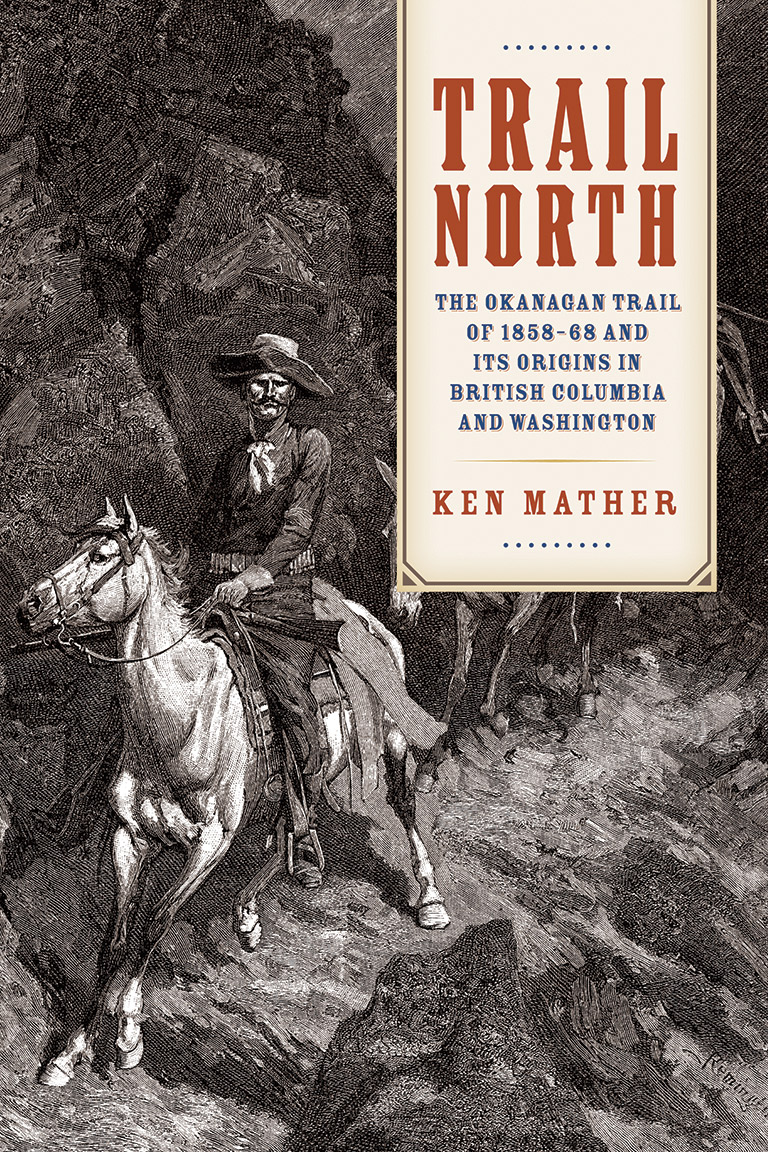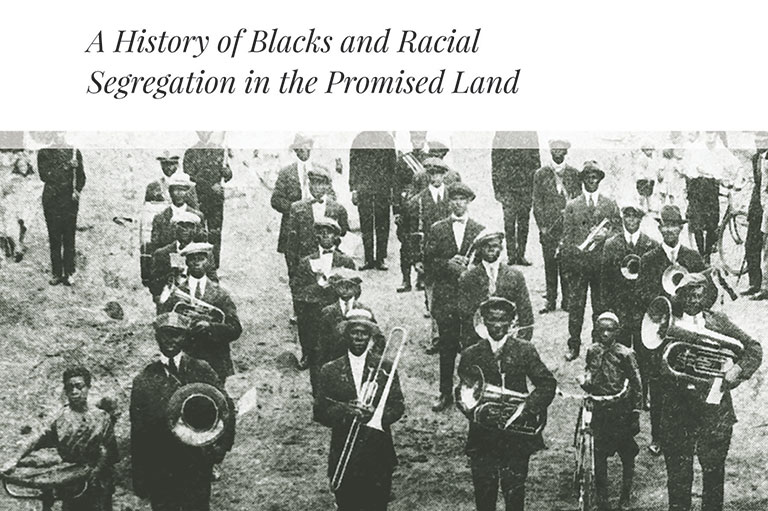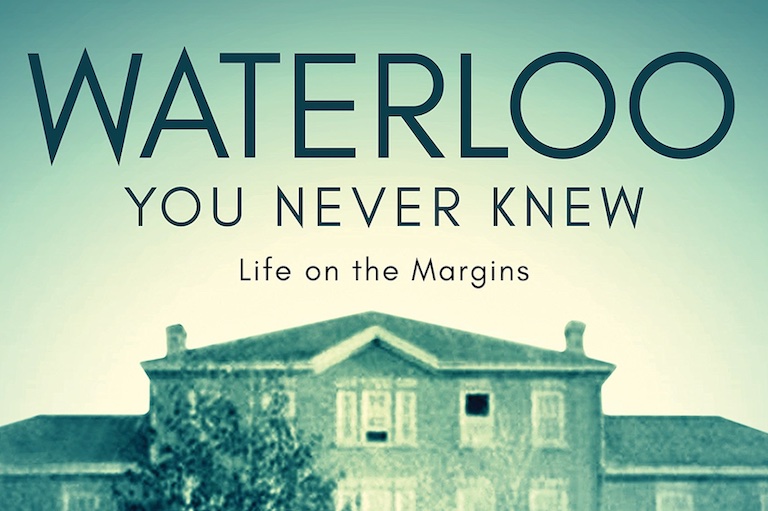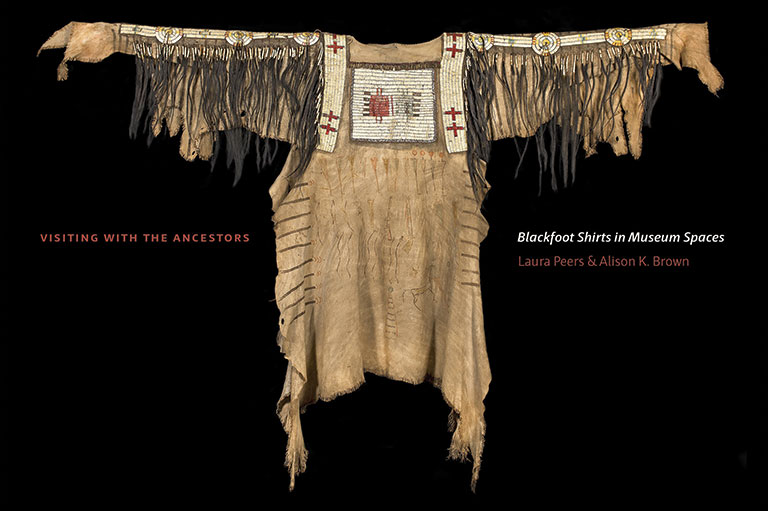Trail North

Trail North: The Okanagain Trail of 1858-68 and its Origins in British Columbia and Washington
by Ken Mather
Heritage House,
304 pages, $22.95
William George Cox was named assistant gold commissioner at the Rock Creek mine in British Columbia near the U.S. border in 1860. His position involved overseeing mining operations — from revenue collection, to mail distribution, to being prepared to serve as coroner.
Cox was also the main representative for the colonial government at the mine, and his position was intended to help to maintain law and order. He was known for his common sense in making decisions as well as for his humour. When faced with two miners fighting over a land claim, he determined ownership by having the rivals race from the courthouse to the disputed plot.
The Okanagan Trail — the route from present-day Brewster, Washington, to Kamloops, B.C. — was used by B.C. gold miners as well as by many other people. The trail acts as a “natural corridor” connecting the Fraser and Columbia river systems.
In his book Trail North, historian Ken Mather explores the history of the Okanagan Trail through the different groups that used it, both before and after the creation of the border along the forty-ninth parallel. The book includes stories about Indigenous peoples, fur traders, miners, and cattle drovers.
Mather has written several other books that deal with settlers, ranching, and cowboy history, including Ranch Tales and Frontier Cowboys and the Great Divide. Trail North provides maps that illustrate the changing nature of the region as Mather tells how different groups adapted and changed with the landscape.
Themes associated with this article
Advertisement




